Roark Building
Introduction
Text-to-speech Audio
Images
Roark and Son 2nd Building
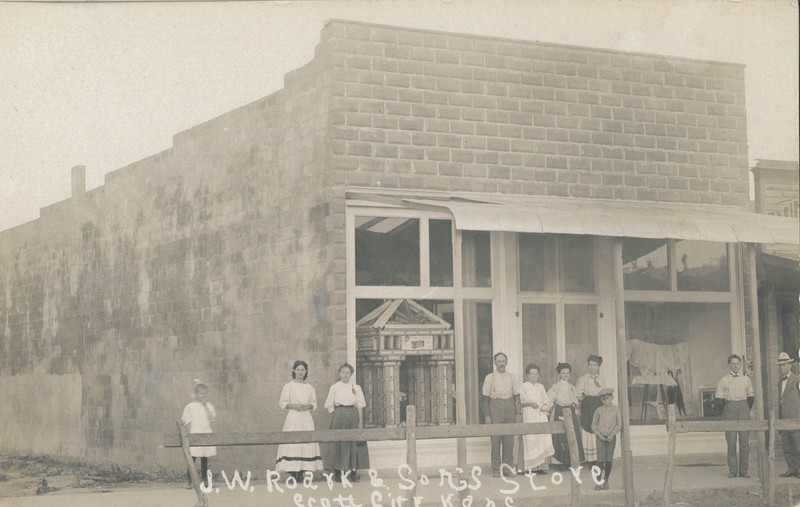
Roark Building, 1915
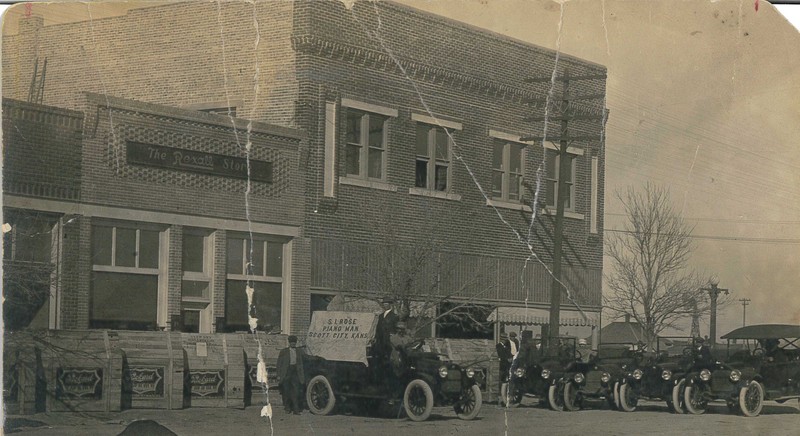
Roark and Son Mercantile
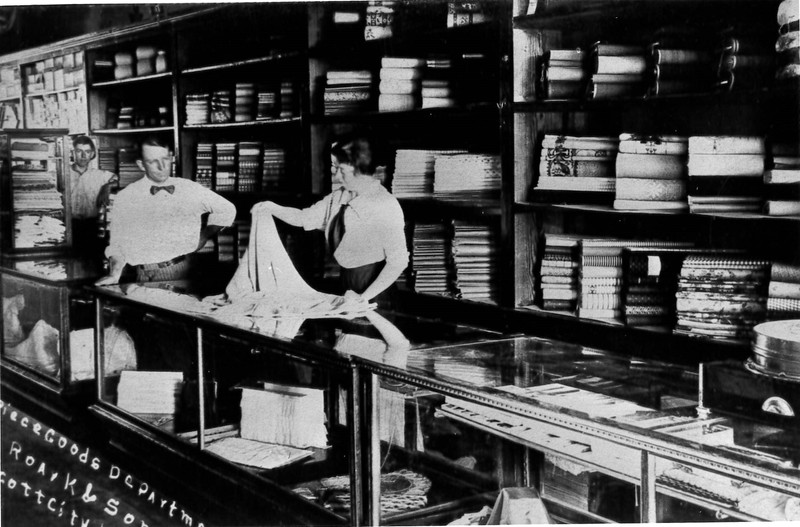
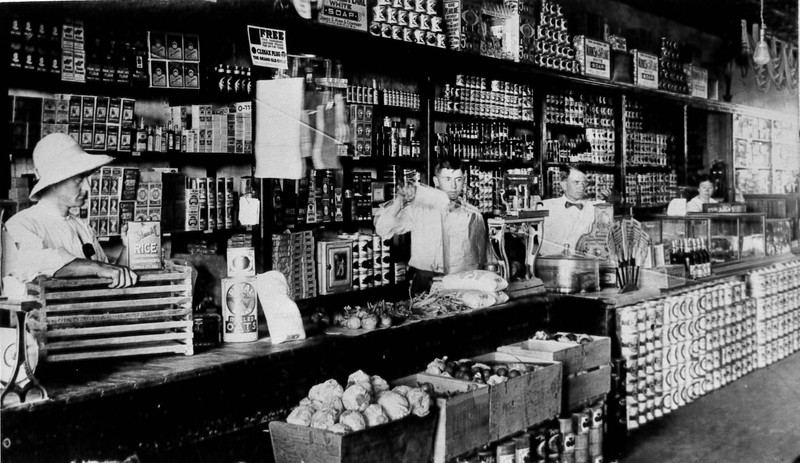
Roark Building on Right
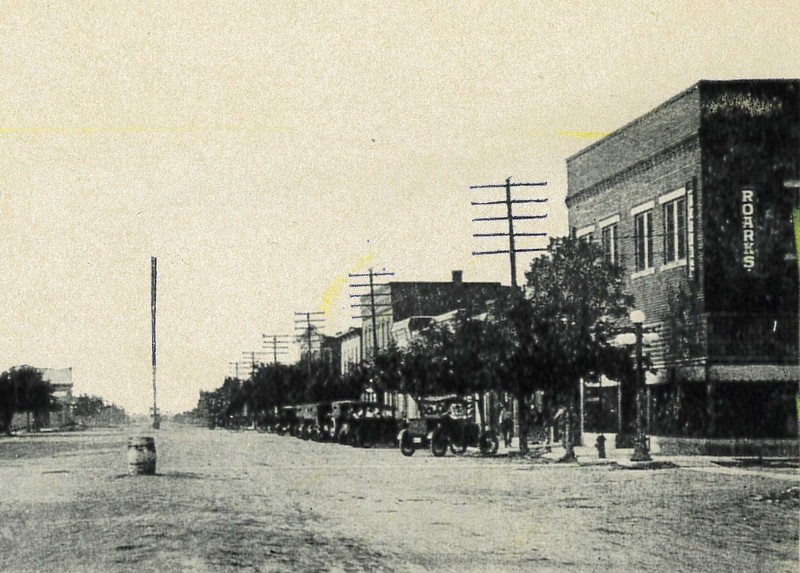
Roark and Son Mercantile
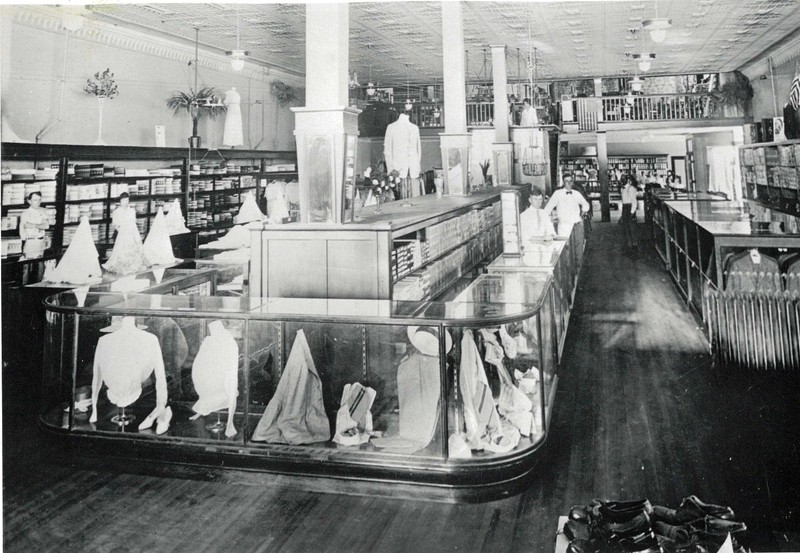
Backstory and Context
Text-to-speech Audio
Ed and Frank were merely teenagers but they accepted their father's offer and went to work. Things were financially slow and about six months later, Ed withdrew and went to Twin Falls, Idaho. JW told Frank if he would stay, he would make him a 50/50 partner. Frank accepted and by 1908 with the business going well, they decided they would like a bigger and better store. They approached a couple of young and up-coming new carpenters, Alpha and Clarence Chamberlain, about building them a new store at 514 Main (the site of JB Beaver Advertising today).
In 1914, business was good so they purchased the lot at 401 Main Street for $2,000 andnd in 1915-1916 built the large 2 story brick building, which still stands today. JW retired in 1917. Frank formed a partnership with Phil Whiteman and Earl Van Antwerp and the store was renamed the R-V-W Store. It continued in business until 1936. By 1938, Frank was the sole owner and decided to close the business out. The stock was put up for sale and the business closed.
Duckwalls was then at the site for many years, followed by the J.M. McDonald Co.
In 1992 the building was deeded from the Roark family to the City of Scott City. Mark a Suzanne McCandless were running the Scott City Pharmacy in the old Timmerman Building and needed more space for a new business venture, "The Brotherhood Bookstore," so they rented the building.
They later sold the Scott City Pharmacy to Jon and Gena Brunswig. The Brunswigs purchased the building from the City in 2005 and ran the Pharmacy there until they built a new building on the south end of town. The Brunswigs continue to run an upscale gift store in the old Roark building called "Giftologists" and have remodeled the building. Be sure to peak inside and see the original tin ceilings and some of the original windows and brick. It sure doesn’t look over 100 years old.
Cite This Entry
Fisher, Stephanie. "Roark Building." Clio: Your Guide to History. May 12, 2021. Accessed March 14, 2025. https://theclio.com/tour/1913/18
Sources
Scott County Historical Society. History of Early Scott County. Edition 1. Volume 1. Scott City, Kansas. Scott County Historical Society, 1977.
Lawrence, Deb. J.W. Roark and Son Mercantile Store, Scott City History - Now & Then. May 1st 2017. Accessed May 11th 2021. https://www.facebook.com/groups/337658763076204/permalink/753226521519424.
Scott County Historical Society
Scott County Historical Society
Scott County Historical Society
Scott County Historical Society
Scott County Historical Society

